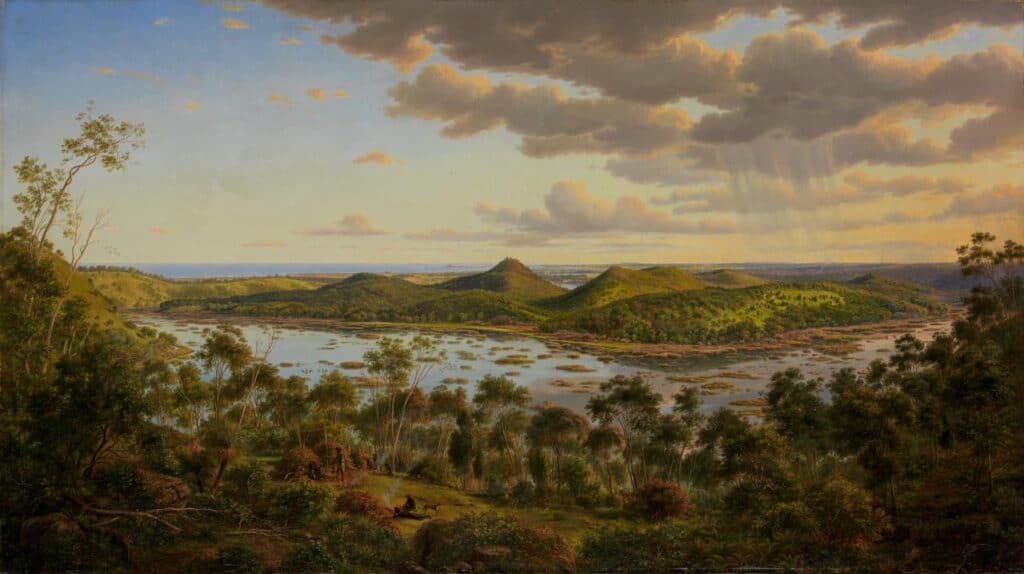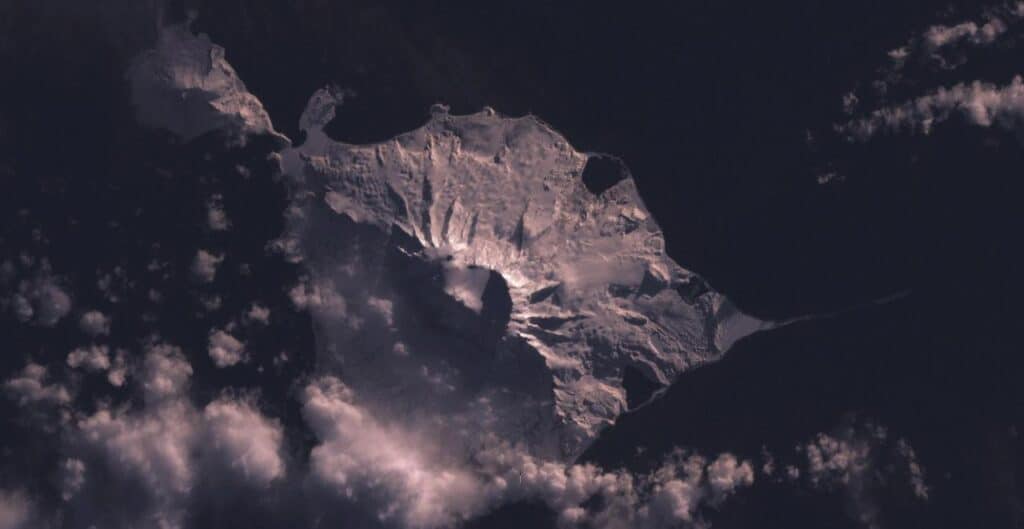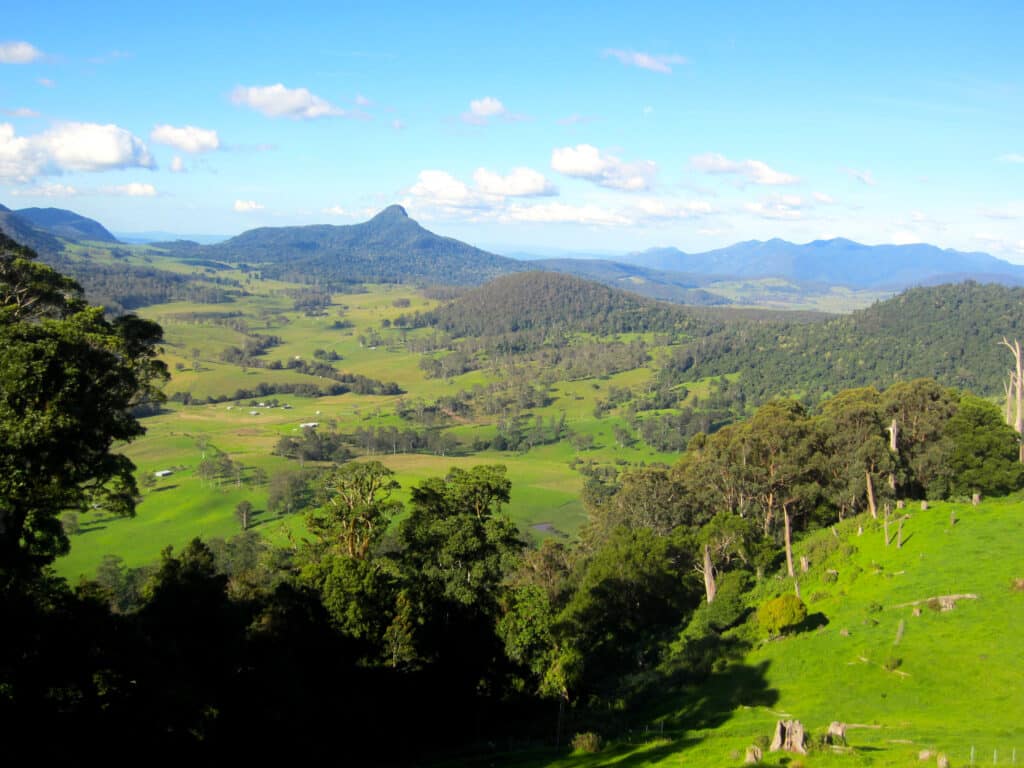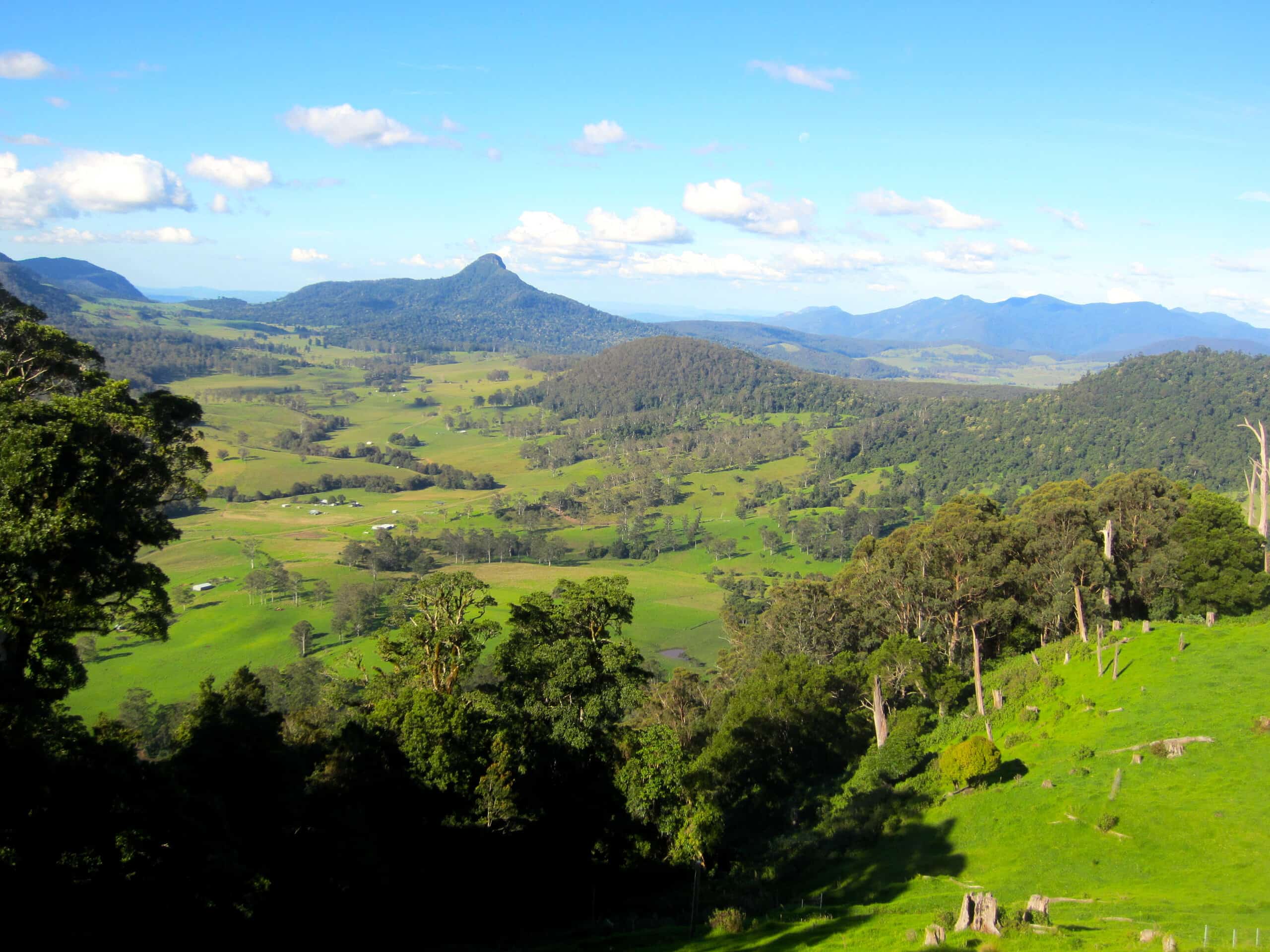Australia is a land known for its unforgiving nature. From its animals to its terrain, it offers little in the way of easily accessible topography. It should come as no surprise that Australia is a classic home to volcanoes.
The difference between the volcanoes in Australia and volcanoes in other places is that these have not been active in around 4,000-5,000 years. This is because of the way Australia’s volcanoes formed.
Australia does not have what is known as plate boundaries. The volcanoes there form from tectonic plates rubbing together and producing wrinkles and mountains, also known as the volcanoes that have access to magma beneath the earth’s crust.
Since Australia doesn’t have plate boundaries, we believe their volcanoes come from when the continent was still forming and traveled over a hot spot. A hot spot is a specific area in the earth’s mantle where magma has potential access to the surface.
The mantle is the inside of the earth before we get to the heated center and makes up the movement of tectonic plates. So as the continent was traveling over millions of years, at some point, it was over a hot spot and formed the volcanoes.
This is relevant later in the discussion of active volcanoes further in this article.
How Many Volcanoes Are in Australia?

Inactive volcano on the south-west coast of Victoria, Australia, Tower Hill, shown in this painting by Eugene von Guerard from 1855.
©https://content.ngv.vic.gov.au/col-images/api/EXHI014644/1280 – Original / License
There are a plethora of volcanoes located in Australia, a whopping 150 known to be exact. These volcanoes are all primarily dormant, and this is because there are no active hot spots in Australia any longer.
Over the last 60 million years, Australia has had heavy indications of volcanic activity stretching across the continent. As mentioned earlier, the volcanoes that appear dormant or extinct were made when Australia moved across the hot spot.
The heat of the hot spot is thought to have melted through the mantle of the earth and the tectonic plates to make the volcanoes. The reason volcanoes are all across the continent is because of how Australia moved further over time.
The age of the volcanoes, from older to younger across the continent, supports this theory. No volcanoes have been active since European settlers claimed Australia, but the Aboriginals of this continent have seen it in their history.
There are three different ways to classify volcanoes.
- Active: volcanoes that have erupted in the last 6,000 years and the potential to erupt again in the future with continued access to magma.
- Dormant: volcanoes that may have had activity in the last 6,000 years and could erupt in the future even if they don’t show the signs now because they still access magma.
- Extinct: volcanoes that show no signs of being active again and haven’t had activity, though it’s not a significant qualifier, and they don’t have access to magma.
How Many Active Volcanoes Are in Australia?

There are only two active volcanoes in Australia, Heard Island and the McDonald Islands.
©http://www.lib.utexas.edu/maps/islands_oceans_poles/heard_mcdonald_76.jpg – Original / License
It is interesting for a place to have so many volcanoes but so few active ones, and Australia truly presents this unique situation.
There are two active volcanoes in Australia, Heard Island and the McDonald Islands.
Heard Island

The Heard Island volcano, also known as Big Ben, and its highest point is about 17,000 miles above sea level. This island volcano is not very accessible to people. It often has minor eruptions of steam and lava and is dangerous to be near.
©NASA, Public domain, via Wikimedia Commons – Original / License
The Heard Island volcano, also known as Big Ben, and its highest point is about 17,000 miles above sea level. Being an island, this volcano is not very accessible to people. It often has minor eruptions of steam and lava and is dangerous to be near regardless.
Funnily enough, this volcano is in a cold area covered in ice. There is a lava flow that travels over glaciers. It is almost like a competition between the two sides of the earth: the heated interior and the colder exterior of this site.
The last time Big Ben erupted was in 2016, but it has been releasing lava and smoke since 2012 and continues to do so. Volcanic activity is not always violent eruptions, and it can be the continued release of the earth’s gasses and substance.
Heard Island volcano is a strato-volcano. These types of volcanoes develop over time after years and years of eruptions and build-up. Strato-volcanoes are made up of layers of ash and lava and form a volcano layer by layer. Active strato-volcanoes are still growing and changing.
McDonald Islands
This active volcano is actually made up of three different volcanoes, hence why it is ‘islands.’ At 140 miles above sea level, these volcanoes aren’t as significant in stature as Big Ben. However, they are still active and vital to mention.
Grouped together, they first erupted in 1992 with an excellent 75,000 silent period before that. Since then, they have erupted every few years or so.
The way the eruptions work, they produce lava that eventually cools and hardens into rocks that build the island more and more, so maybe someday they will grow in stature. They are not far from Big Ben either, and it’s easy to see why the other volcano may be more concerning at the moment.
McDonald Islands is a complex volcano. A complex volcano is obviously more complicated, and that is because they tend to have more than a singular vent. A vent is a spot where magma and gasses release to the land.
A complex volcano shifts its vents over time because of lava’s inconsistent and erratic nature and the earth’s inner workings. Sometimes complex volcanoes have lava domes.
Lava domes tend to occur when the lava is too thick to travel, so it just pools together and eventually cools and hardens into a dome.
Is There a City Built into a Volcano?

A town called Toowoomba is built into the side of a volcano in a mountain range of the same name.
©RYOSUE/Shutterstock.com
Located in Queensland, Australia, there is indeed a volcano city to be found there. Called Toowoomba, formerly known as The Swamp, this city was formed on the side of a volcano.
Toowoomba is found right at the volcano’s edge in its mountain range with the same name as the city. It’s formed in a valley that is like a scoop or a bowl and has a population of around 169,000 people.
To avoid flooding, which would be a risk in a bowl-shaped town, they use trenches to pull out water after storms and return them to streams.
Obviously, the volcanoes in this range are not active, as there are only two active volcanoes in Australia, and they are in remote islands. This city is a remarkable work of art and an example of how humanity can make its home anywhere.
Tweed Volcano

Extinct Tweed Volcano in the distance.
©Jen Petrie/Shutterstock.com
Another famous volcano would have be the Tweed Volcano located in New South Wales, a part of Australia. It is an extinct volcano, meaning it has not had an eruption in a very long time and cannot again.
More than 23 million years have passed since it has released magma from the earth and changed the landscape forever.
This particular volcano is a shield volcano, which is a volcano that grows outward instead of upward, and lava flows and cools outward into a shield shape. The layers of lava form the potential base for it to grow into a bigger or different type of volcano.
The Tweed volcano has a caldera, a shallow bowl at the center of the volcano. It forms when violent eruptions cause volcanic material to fall back in on itself and make the crater.
Where Are the Closest Active Volcanoes to Australia?

The closest active volcanoes are in New Zealand and Papua New Guinea.
©WitR/Shutterstock.com
You may be wondering where the closest active volcanoes are to Australia if only two of them are active. The nearest ones can be found in New Zealand and Papua New Guinea.
The volcanoes in these areas are indeed active and pose a threat to habitats and livelihoods. The Taupo Volcanic Zone in New Zealand is very active. Papua New Guinea is home to 15 known active volcanoes and has 22 more dormant ones.
Even though there are volcanoes throughout Australia, they are not active and do not need to be worried about. That can be funny because Australia is so known for being inhospitable in both land and animals that you think it would have more volcanic threats.
The historical nature of volcanoes changing Australia’s lands shouldn’t be overlooked. The lava took the ground and made it new, making it much of what it is today, both beautiful and dangerous.
The most significant and most volatile eruptions occur only after long periods without any volcanic activity. At least Australia won’t have to worry about that because their two active volcanoes have been regularly active.
Up Next
Thank you for reading! Have some feedback for us? Contact the AZ Animals editorial team.








